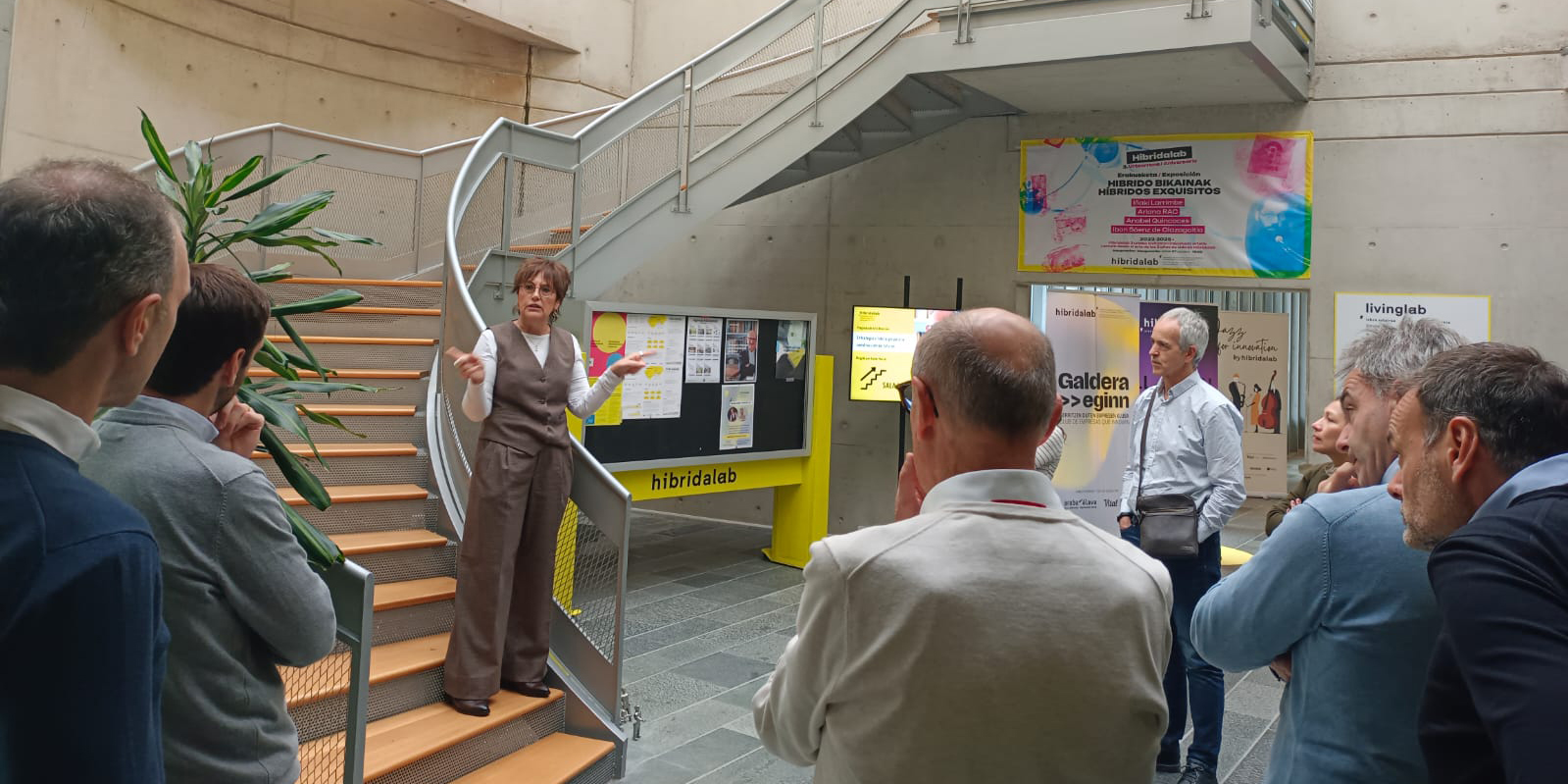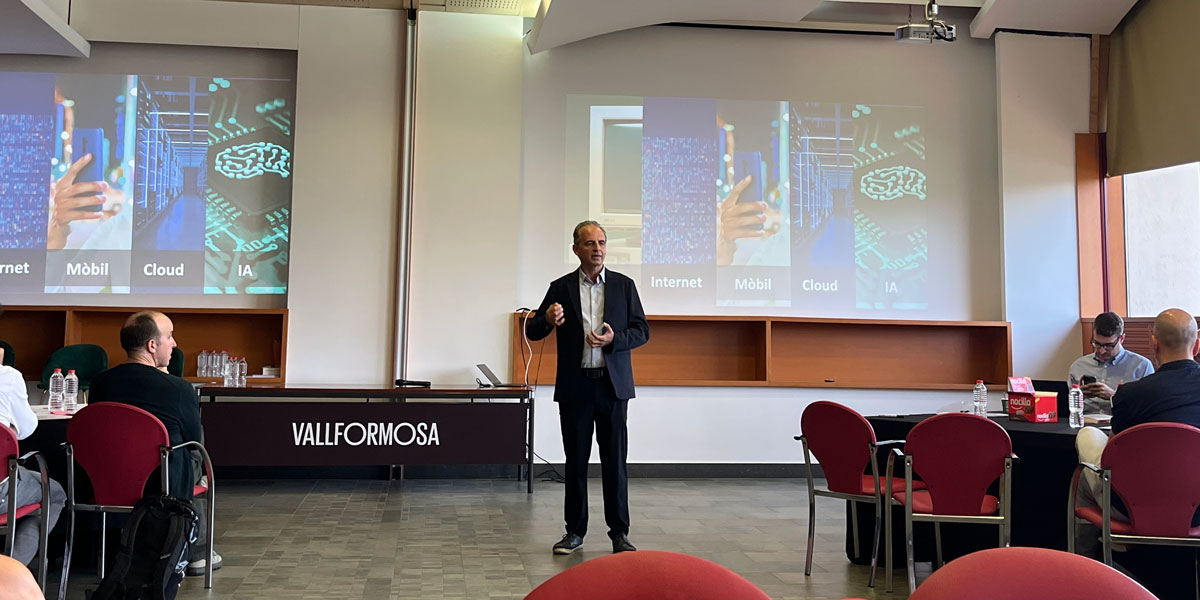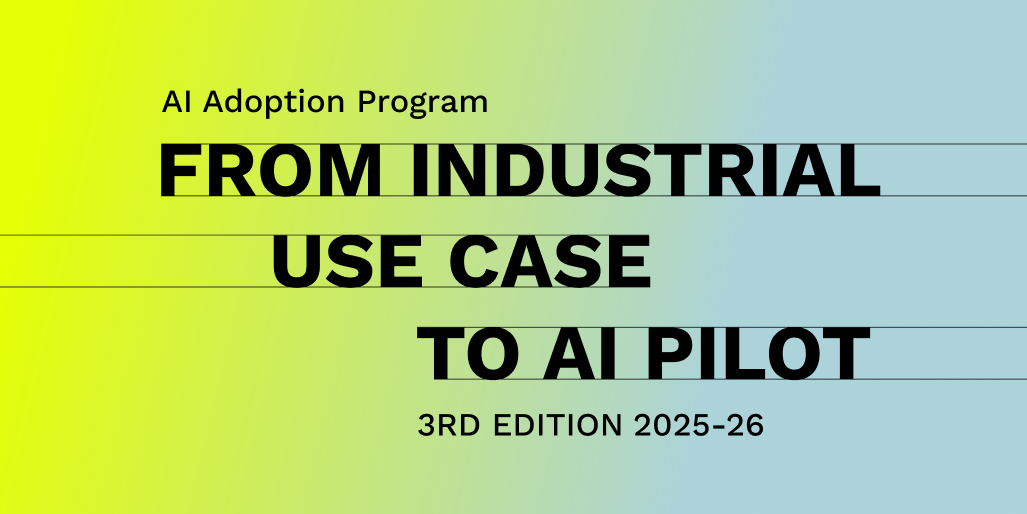Innovation and observation, an essential combination.


Innovation is an essential element for a company to remain competitive over the years and to grow in the market, but innovating can be complicated and companies often fall into the dynamic of collecting prototypes and then deciding which ones the market accepts. There are more effective ways to understand the needs of the market and not fall into this dynamic. Xavier Marcet, president of Lead To Change and expert in business innovation, is clear: the key is observation.
In the following article we will reflect with Xavier Marcet on the importance of observing the customer and how this observation can help companies to generate effective and innovative solutions.
“If you want to improve, ask. If you want to innovate, don’t ask questions, observe” Xavier Marcet, president of Lead To Change, INDPULS partner and business innovation expert.
Observing to innovate.

We often tend to bring technology to the customer without first analysing their needs, when in fact innovation should arise from observing our customers and identifying their own needs. A change of mentality is necessary: first, get to know the customer well and then find the technology that can meet their needs and aspirations. To do this, observation is key.
At this point, we return to the importance of sales teams, an aspect that we have already discussed in our blog, which is relevant because they are precisely the ones who are most in contact with the customer and can best perform the role of observers. However, observation cannot be left solely in the hands of the sales team; it is important that all the company’s managers get involved.
What do we mean by observing?

Observation must be systematic, with clear objectives, and must cover all phases:
- The problems presented by the customer
- How the customer uses the products or services
- The relationship with the environment
- What needs our client may have
Xavier Marcet shared the following reflection with us: “If you want to improve, ask. If you want to innovate, don’t ask questions, observe”. Asking questions can work and helps you understand many things, but we usually find that customers answer what they think you want to hear. Through observation, we will detect unspoken needs, dilemmas and aspirations that often the customer himself has not detected. From this process we can extract valuable information that can be used to develop solutions that actually solve these problems and improve the experience offered by our services.
The observation must be constant, not only during the market research phase, but also during the implementation of the product or service.
The challenge of observing.
What to observe when you are observing? Xavier Marcet highlights four key aspects:
- People’s behaviour.
- The choices that people are satisfied with.
- The choices they are not satisfied with.
- Concerns.
All of this will help us to understand purchasing motivations that will allow us to guide future innovations, identify dissonances between what the market expects and receives, detect unresolved problems, unsatisfactory performance or invertebrate needs.
Finally, Xavier Marcet explained that observation must be constant, not only during the market research phase, but also during the implementation of the product or service, even when it is already being marketed. Moreover, we must be careful not to fall into ‘analysis paralysis’, i.e. getting stuck in a continuous analysis, getting lost in the tide of figures and data and ending up never taking action.

Innovation and Observation Workshop by Xavier Marcet
On 7 March, we organised a workshop on innovation and customer observation led by Xavier Marcet, president of Lead To Change, in which representatives from all INDPULS associated companies took part. During the session, held at GIRBAU’s facilities, Marcet highlighted the importance of customer observation to boost creativity and innovation in companies. Attendees learned about best practices for observing and understanding customer needs, and how to use that information to create innovative products and services that respond to their demands.
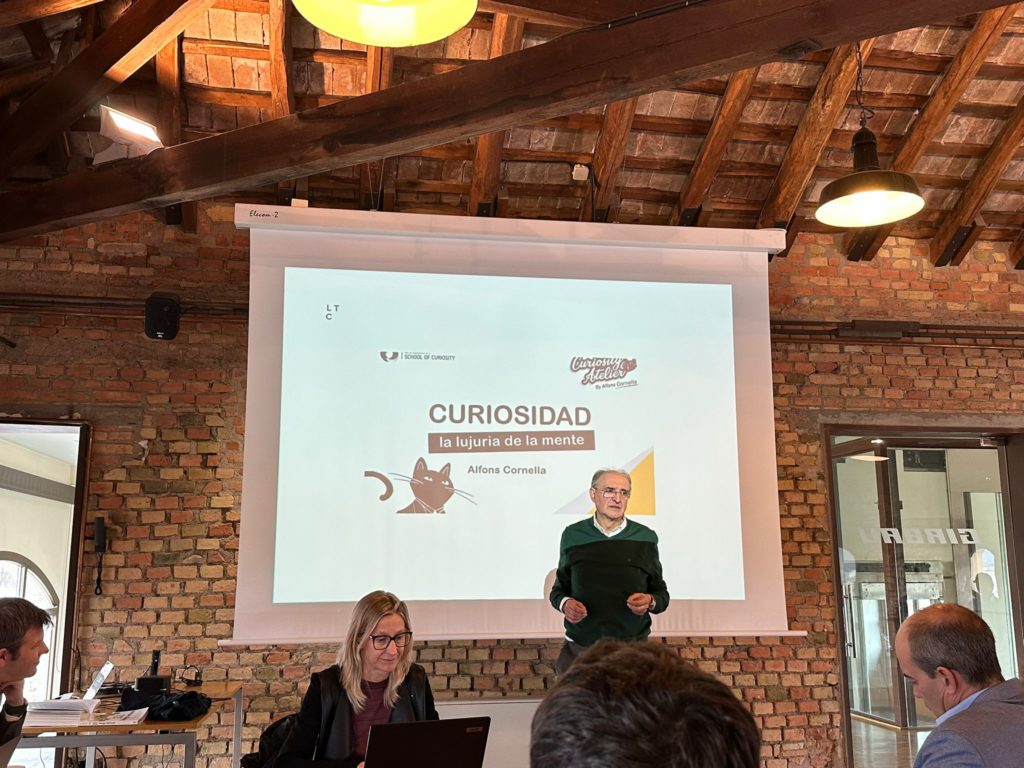
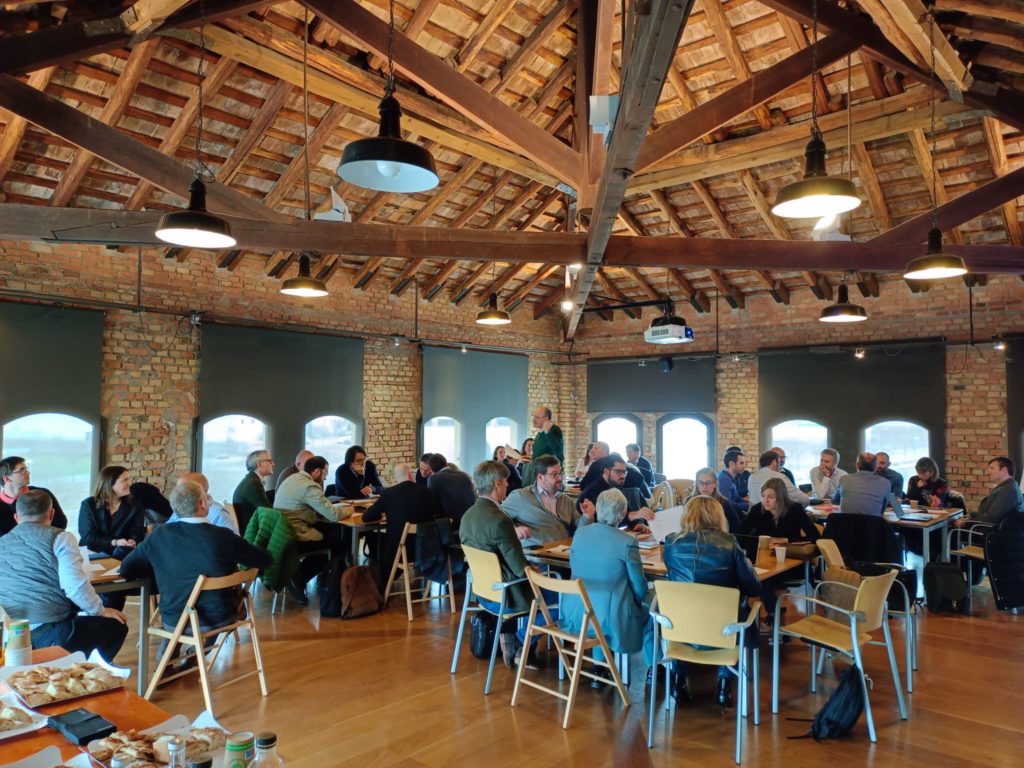
Marcet insisted on the importance of an open and collaborative business culture, in which innovation and customer observation are core values. Through concrete examples and practical activities, participants were able to better understand how to apply these concepts in their own company and start working on improving their innovation processes.


